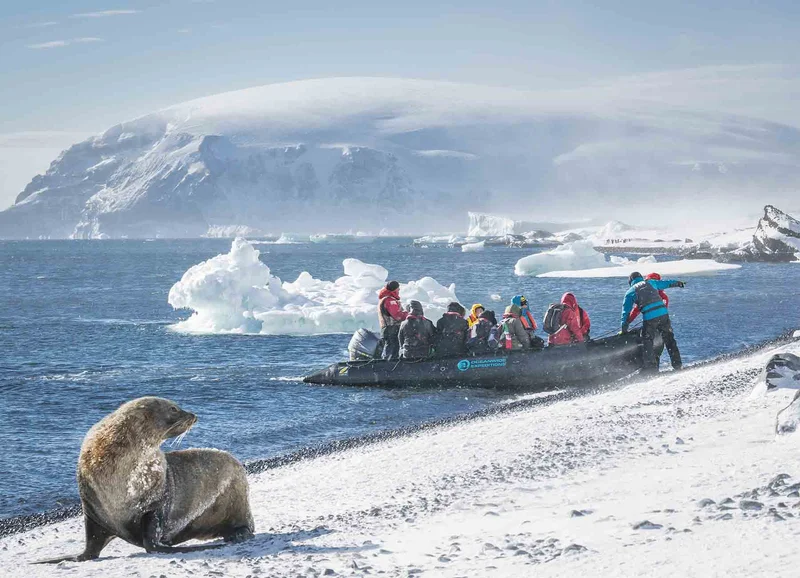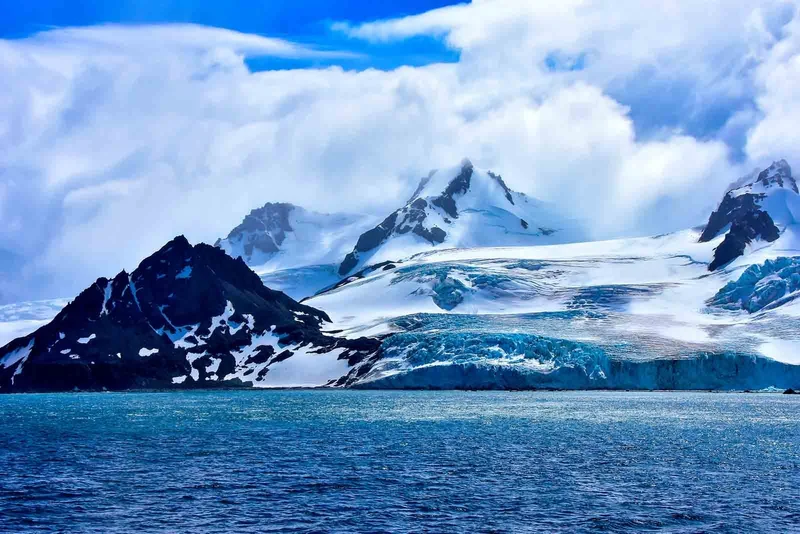
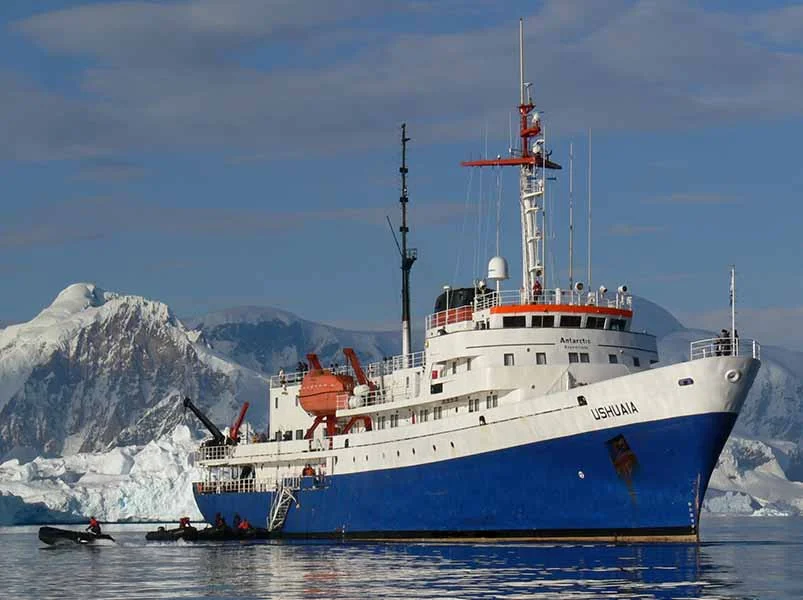
11 Day Antarctica Itinerary
Day 1: Depart from Ushuaia
Day 2 & 3: Crossing the Drake Passage
The Drake Passage, named after Sir Francis Drake who explored these waters back in 1578 marks the Antarctic Convergence. This is a bio barrier that occurs when cold water from the poles sinks below the warm waters of the north. The result is a huge upwelling of nutrients that sustains biodiversity in this area. Drake Passage is also the northernmost limit for many Antarctic seabirds.
Antarpply Expeditions lecturers are on the deck with you to identify the amazing array of seabirds that follow us, such as the albatrosses. Open bridges are a USHUAIA policy that allows passengers to learn navigation and whale watching from our officers. There will also be a full schedule of lectures.
We have now reached the South Shetland Islands. This group of 20 islands and islets was first discovered in February 1819, by Captain. William Smith, the captain of the Williams. On Day 3, our naturalists and lecturers will be with you as you have your first experience of penguins or seals.
Day 4 to 6: Exploring the Weddell Sea
Here are the huge tabular-shaped icebergs. In certain years, both the Erebus & Terror Gulf, and Weddell sea, are ice-packed, making for an exciting ice-navigation. Go out early on the deck. The sunrises are unlike any you have ever seen. The ice shelf of Larsen, Ronne and Filchner breaks into huge tabular bergs that combine with sea ice from one year old and multiple years to create a rugged, floating ice landscape. Snow Petrels in all-white are often seen soaring over the ice floes. Pintado Petrels may also be present.
The usual passage to the east side of the Antarctic Peninsula traverses the Antarctic Sound, which is 30 miles (48 km) long and 7-12 miles (11-19 km) wide and runs northwest-to-southeast. Hope Bay, and the Argentine station Esperanza are situated on the west side of the Sound. Brown Bluff is a promontory located on the Tabarin Peninsula south of Hope Bay. They could both be landing sites. Adelie Penguins inhabit the Weddell sea in the peninsula. Devil Island, Paulet Island, and other sites could provide ample evidence. It is amazing to see the sheer number of penguins. The number of penguins is staggering.
The region is also rich in exploration history. One of the most fascinating tales is the Swedish Antarctic Expedition from 1901 to 2003, led by geologist Otto Nordenskjold. This expedition is linked to four visitor locations: Hope Bay on Vega Island, Paulet Island and Snow Hill Island. We will be happy to tell you the exciting tale of our expedition team. Nordenskjold was the pioneer of the Peninsula expeditions. The ship Antarctic under Carl Anton Larsen's command, a famous Norwegian whaler, became trapped in ice, sank and the crew was forced to move. They survived in different places and were able to conduct important scientific research.
Day 7 & 8: Exploring the Antarctic Peninsula and the South Shetland Islands
You will experience the same excitement that early explorers experienced. There will be plenty of time for you to enjoy the amazing landscape, which includes a wilderness pristine of mountains, waterways, snow and ice. You will also see Weddell seals, leopard and crabeater seals. Minke whales orcas are not far away.
The Gerlache Strait is one of the world's most scenic waterways. We also hope to explore the Errera Channel, Neumayer Channel, and the Errera Channel. Landing sites could include Paradise Bay with its glacial mountains and impressive glaciers, Cuverville Island which has the largest Gentoo Penguin Colony on the Peninsula, surrounded by castellated glaciers, or the British Museum at Port Lockroy.
South Shetland Islands will be our next destination. Wildlife is abundant on the volcanic islands. The vast penguin colonies and the seals that haul out along the coast make each day here memorable.
The narrow passage will take us into the caldera flooded by Deception Island, the largest among the three volcanic centers that have recently formed in the South Shetlands. This is a truly incredible experience. The rising slopes of the black, volcanic cinder-covered rim are able to be walked once inside. This will give you a spectacular view. Half Moon is a crescent-shaped, cinder-covered island that's home to Chinstrap Penguins. It lies at the mouth of Moon Bay, between Greenwich Island and Livingston Islands.
Day 9 & 10: At Sea. Crossing the Drake Passage, northboundv
Day 11: Arrival in Ushuaia
This itinerary is only a guide. The exact itinerary and program may vary depending on the local conditions, including weather and ice. We will also take into consideration wildlife viewing opportunities. The Captain or Expedition Leader will make changes to the itinerary to take advantage of the local conditions. They will do their best to get to the Weddell sea. If ice conditions prevent access, the route may be altered to West Antarctica. On board, a daily schedule will be provided. Flexible thinking is key.
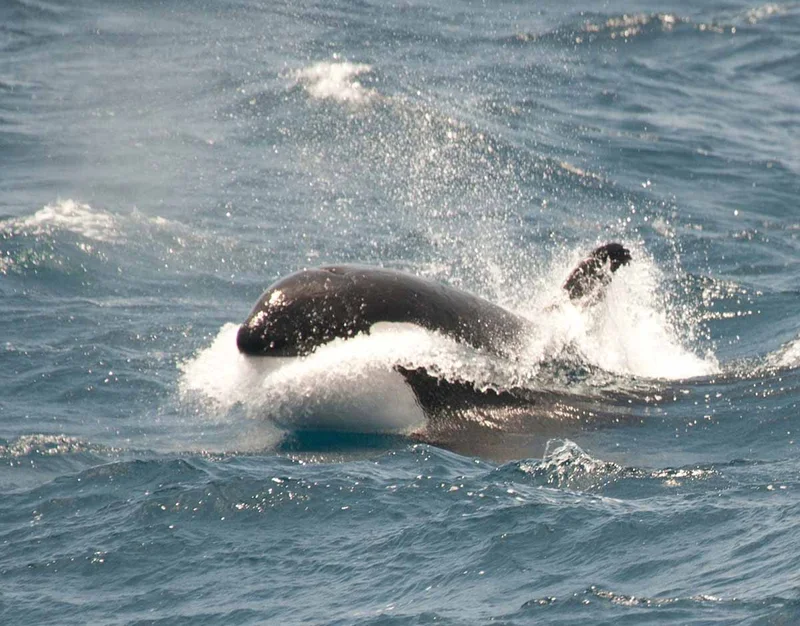
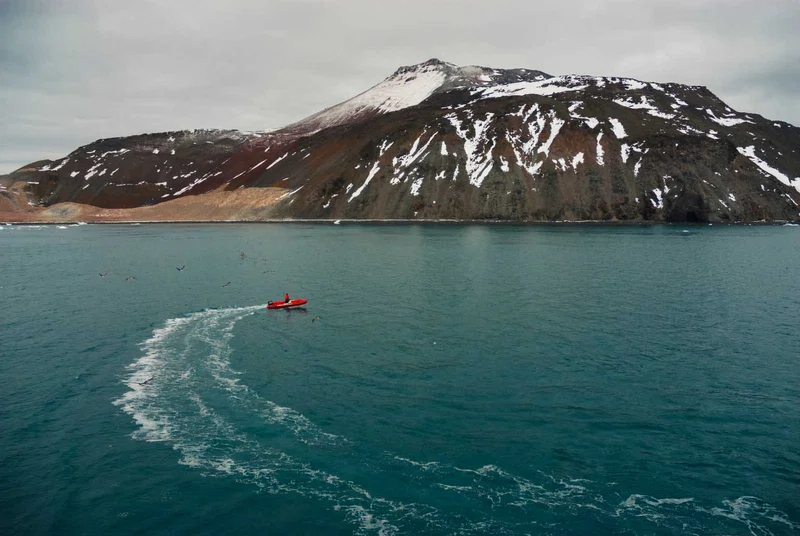
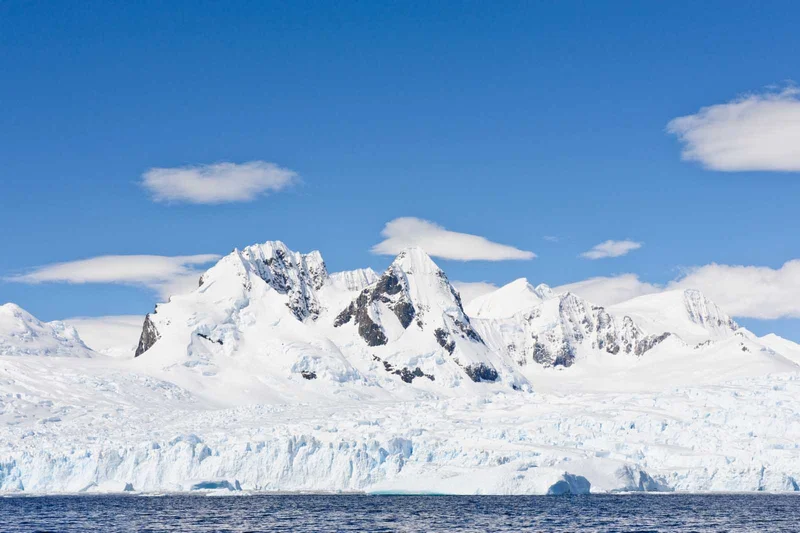
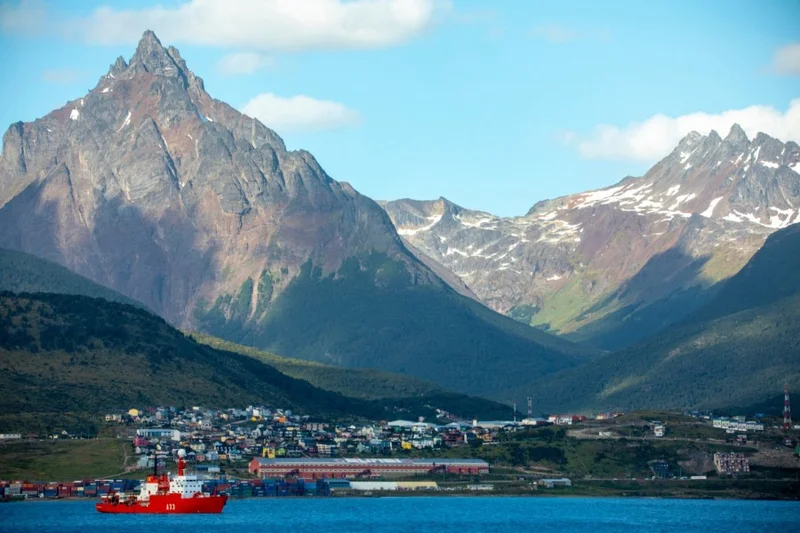
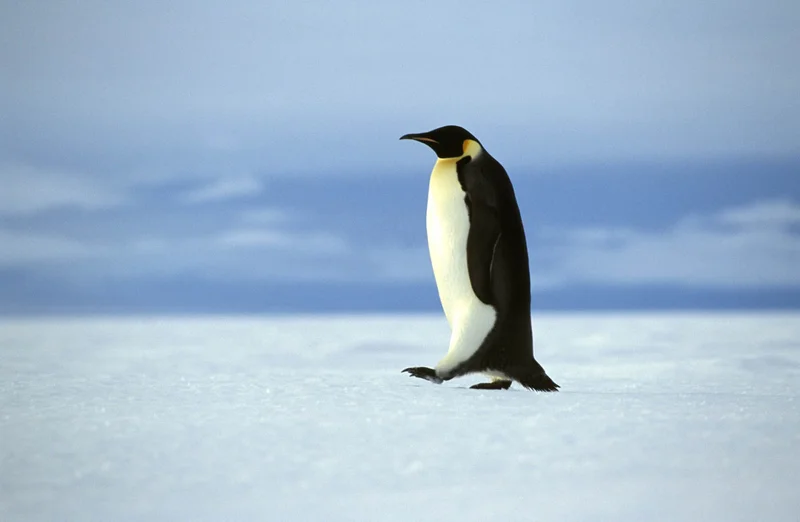
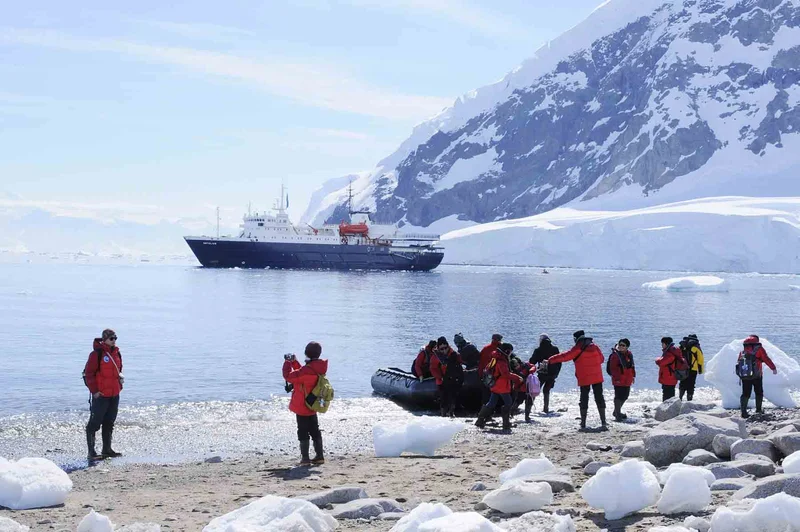

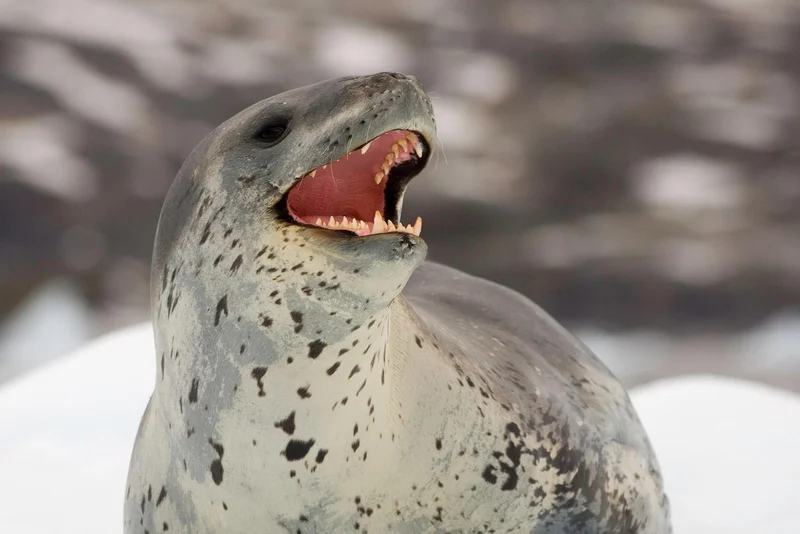
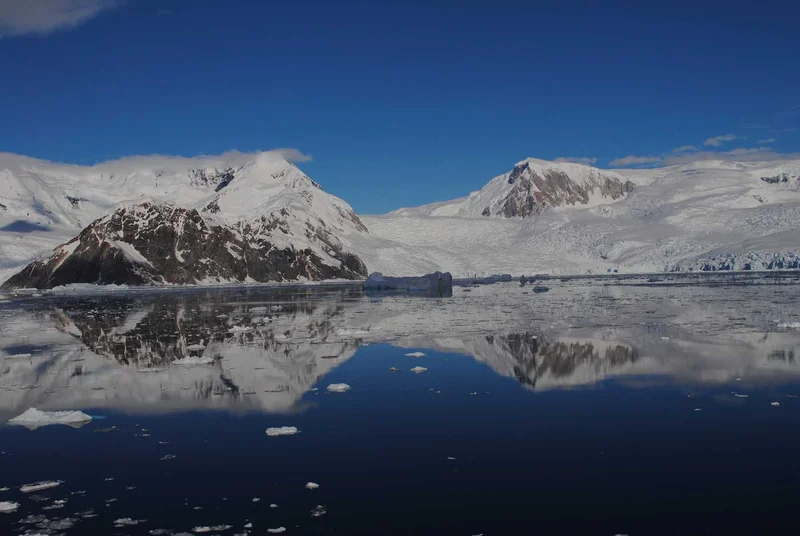
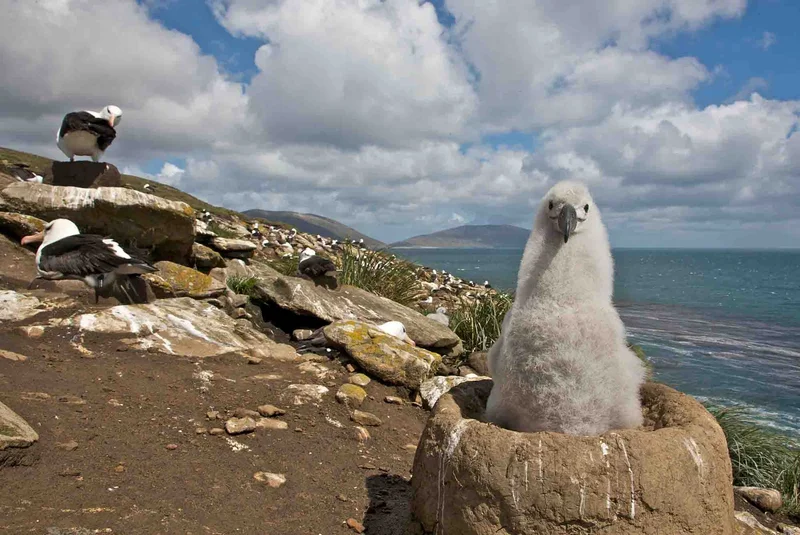
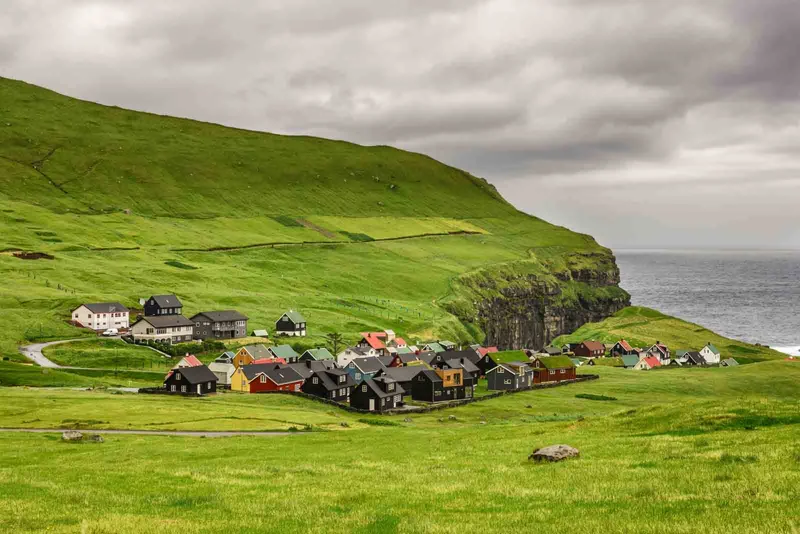
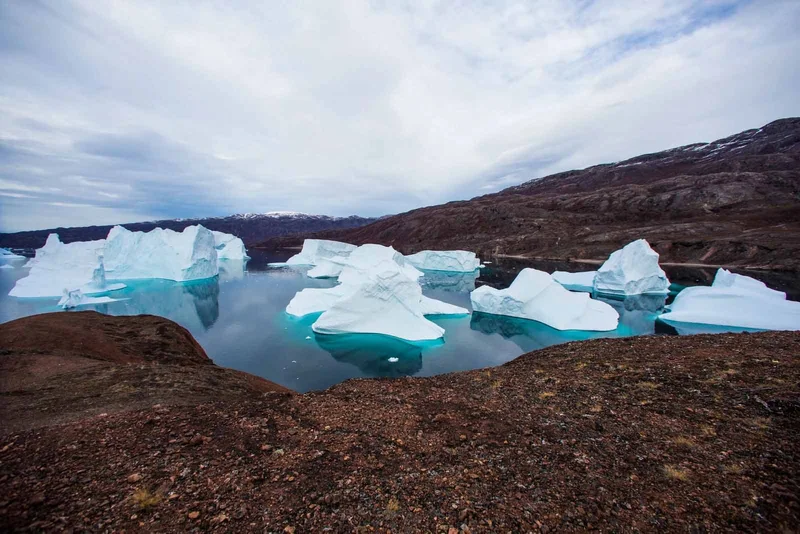
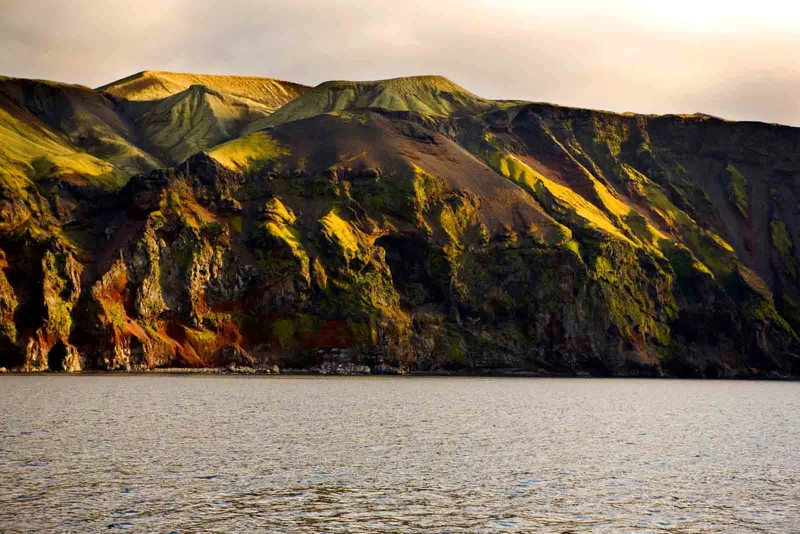
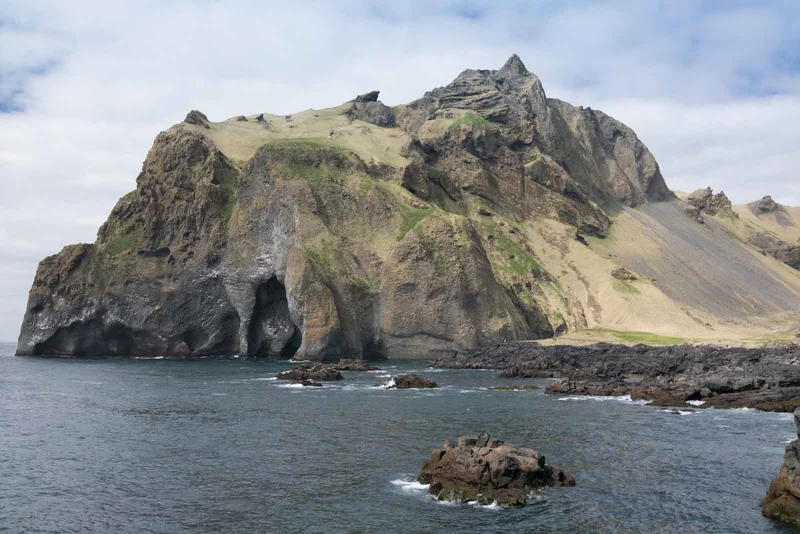
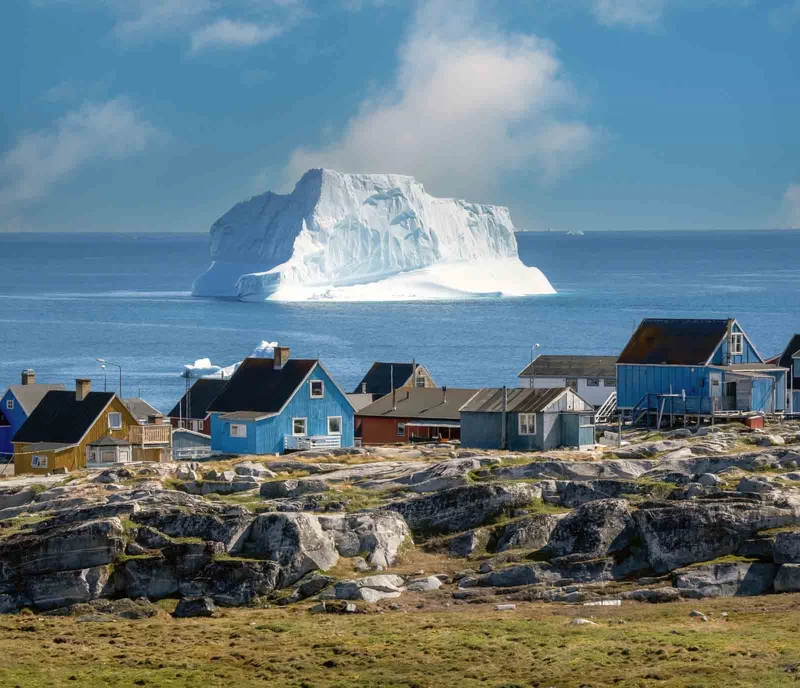
11 Day Antarctica Itinerary Highlights
- Begin your adventure from Ushuaia, sailing through the iconic Beagle Channel and the picturesque Mackinlay Pass.
- Traverse the famous Drake Passage, marked by its rich biodiversity, seabirds, and impressive icebergs.
- Immerse yourself in the awe-inspiring landscapes of the Weddell Sea, featuring massive icebergs and unique wildlife encounters.
- Explore historic sites such as Hope Bay, Paulet Island, and the Antarctic Peninsula, uncovering tales of early explorers and scientific endeavors.
- Navigate through stunning waterways like the Gerlache Strait, Errera Channel, and Neumayer Channel, visiting captivating sites like Paradise Bay and Cuverville Island.
Itinerary Map
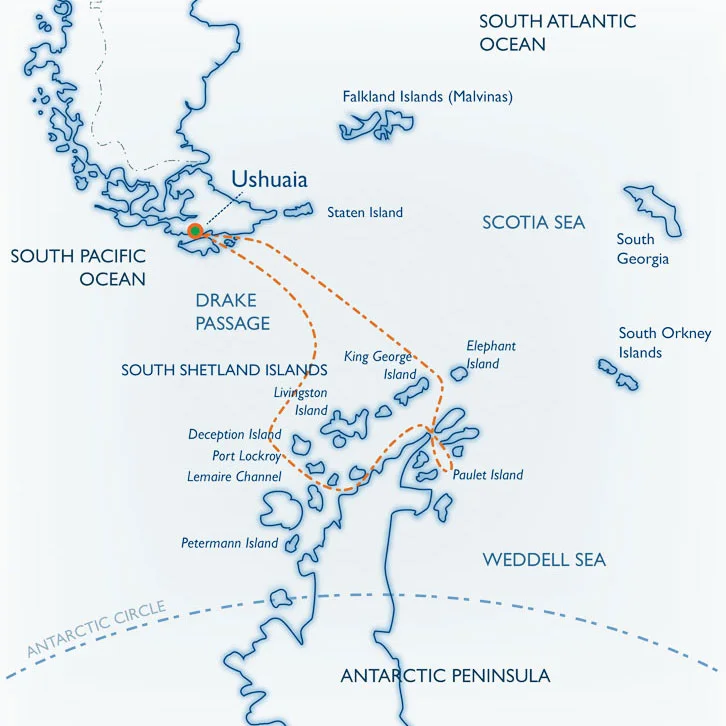
11 Day Antarctica cruise activities
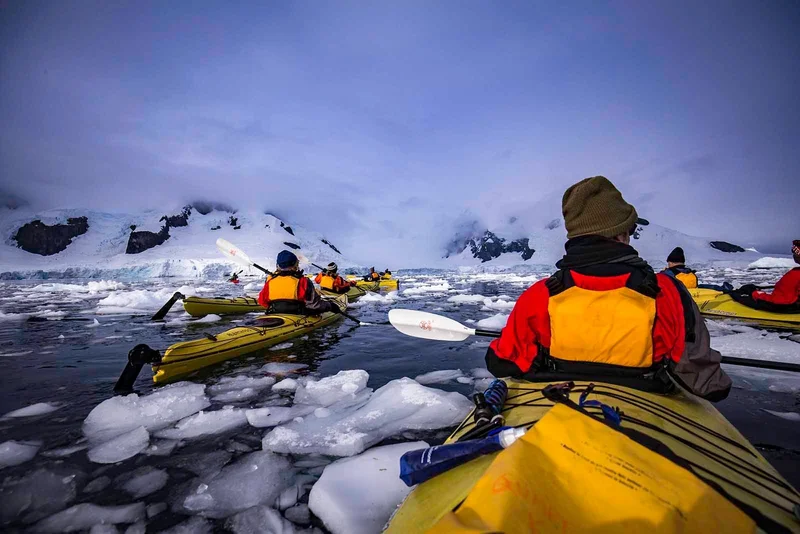
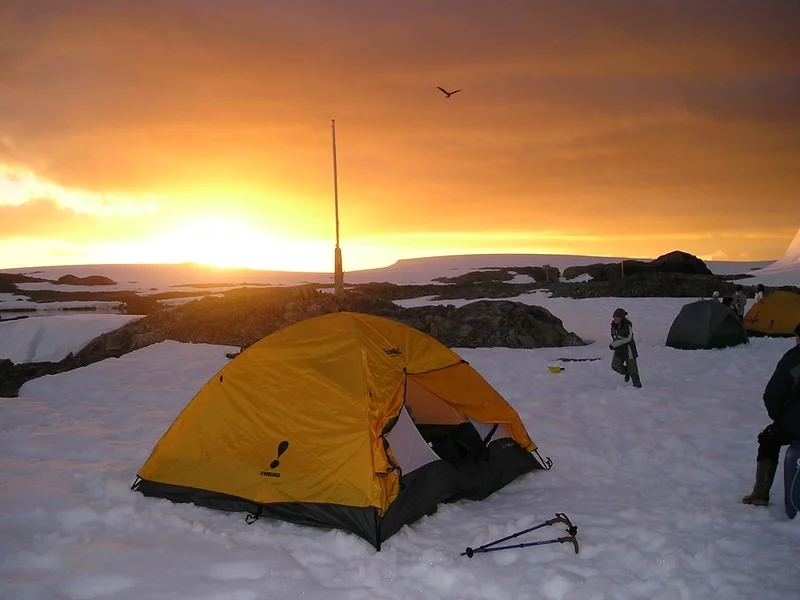
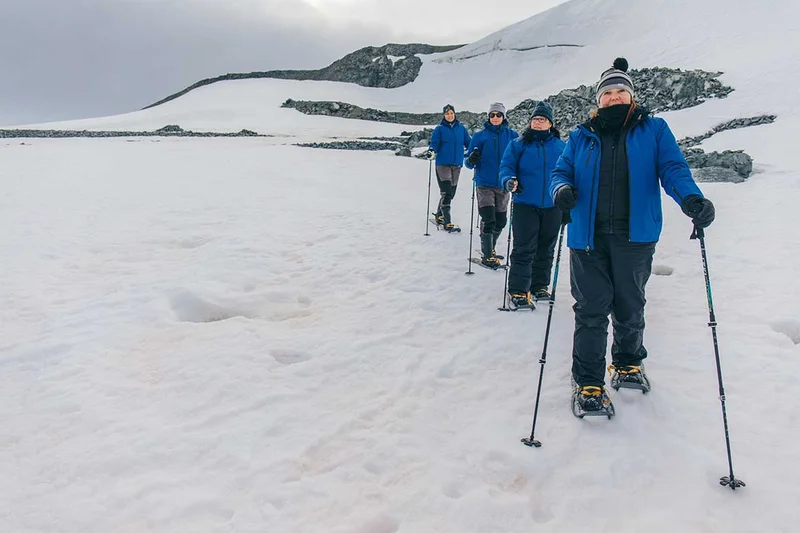
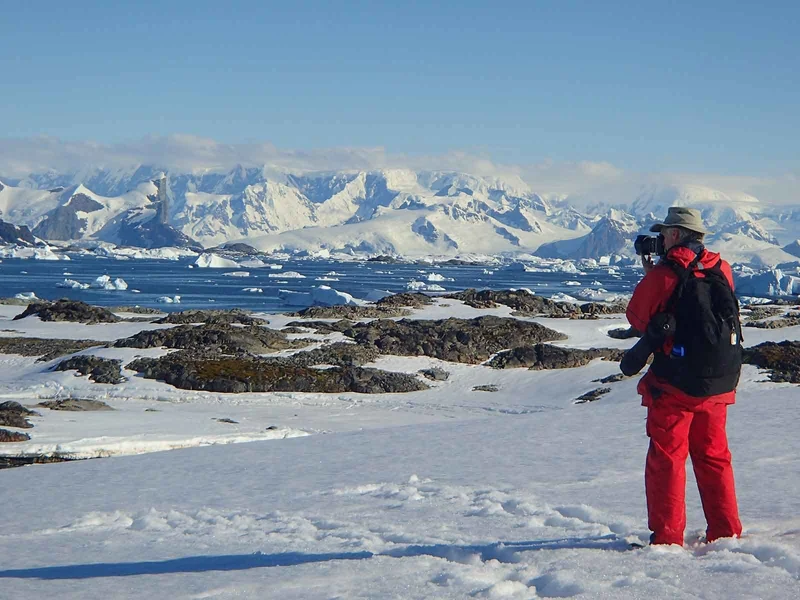
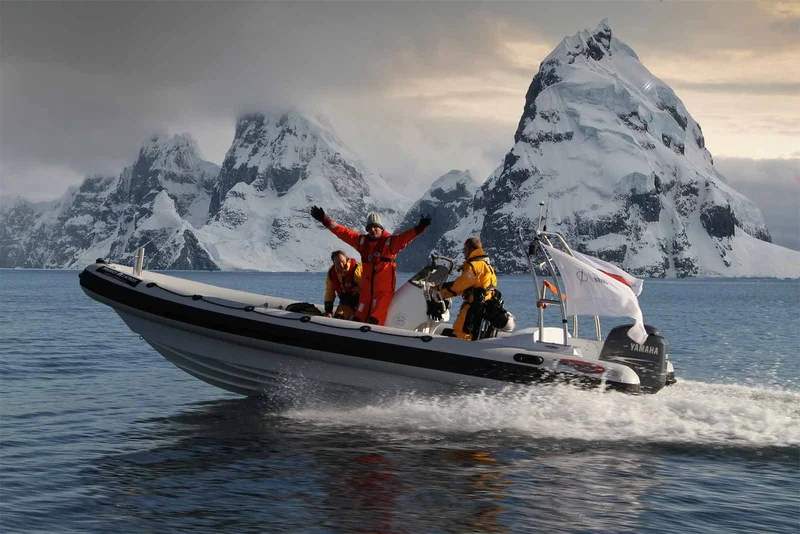

Animals you might see on this itinerary
Weddell Sea Quest
Why travel with us?
Would you like to know why booking with us is the best choice?
Discover the BenefitsSimilar Itineraries

